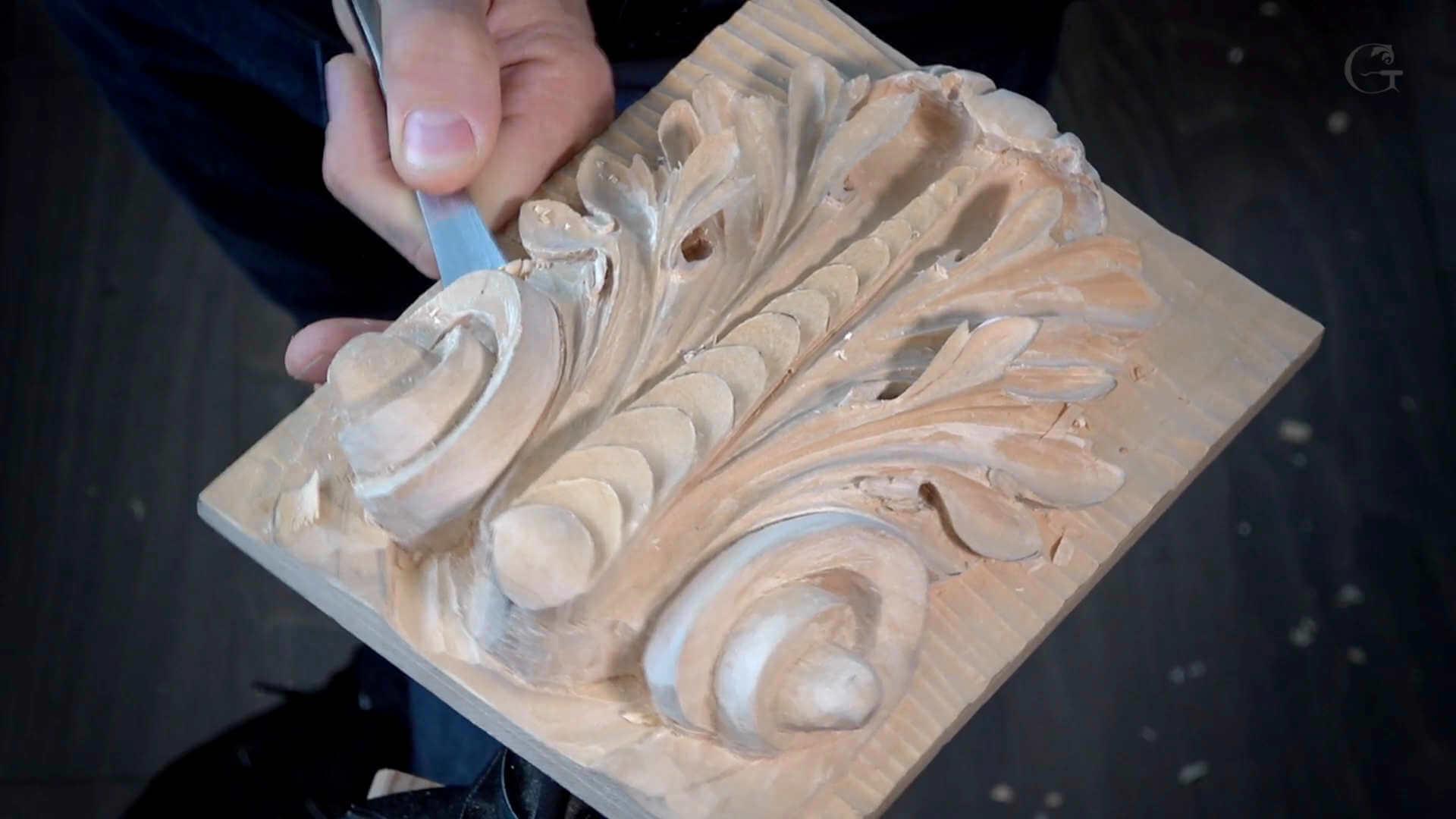In the ever-evolving landscape of television, where crime procedurals have long dominated the airwaves, “Tracker” emerges as a groundbreaking series that redefines the genre’s conventional framework. This article delves into the innovative narrative techniques and character dynamics that set “Tracker” apart from its predecessors, examining how the show skillfully intertwines traditional elements with modern storytelling to captivate a contemporary audience. By dissecting its unique approach to plot development, character arcs, and thematic exploration, we aim to uncover the mechanisms through which ”Tracker” breathes new life into the crime procedural, challenging both viewer expectations and the genre’s status quo. As we navigate through the show’s intricate layers, we will explore how “Tracker” not only pays homage to the classic elements of crime dramas but also pioneers a fresh narrative path that could very well influence the future of television storytelling.
Innovative Narrative Structures in Tracker
The series distinguishes itself by weaving innovative narrative structures into its episodes, effectively breaking away from traditional crime procedural formats. Instead of following a linear storyline, the show often employs a non-linear narrative, which keeps viewers on their toes and encourages them to piece together the plot like a puzzle. This approach not only adds depth to the storytelling but also allows for richer character development and unexpected plot twists.
Another standout feature is the use of multiple perspectives. By presenting the same event through the eyes of different characters, the series provides a multifaceted view of the crime and its implications. This technique enhances the complexity of the narrative and challenges the audience to consider various angles and motives. The show also integrates flashbacks and flash-forwards seamlessly, offering glimpses into characters’ pasts and futures, thereby enriching the present storyline with layers of context and anticipation.

Character Development Beyond the Norm
In “Tracker,” character development is not merely a subplot but a driving force that elevates the crime procedural genre to new heights. Unlike traditional shows where characters often remain static, “Tracker” embraces dynamic growth and transformation. Each character is meticulously crafted, allowing viewers to delve deep into their psychological and emotional landscapes. This series breaks away from the conventional mold by exploring characters’ moral ambiguities and personal struggles, providing a richer, more nuanced narrative.
- Complex Backstories: Characters are given intricate histories that influence their decisions and relationships, adding layers of depth to their personas.
- Evolution Over Time: The show skillfully portrays how characters evolve, often influenced by the cases they solve, making them relatable and authentic.
- Interpersonal Dynamics: “Tracker” places significant emphasis on the evolving dynamics between characters, offering a realistic portrayal of teamwork and conflict.
By focusing on these elements, “Tracker” not only reinvents the crime procedural but also sets a new standard for character development in television.

The Role of Technology in Modern Crime Solving
In the ever-evolving landscape of crime-solving, technology has emerged as a formidable ally, transforming traditional methods into sophisticated, data-driven processes. The show “Tracker” masterfully captures this shift by integrating cutting-edge technology into its narrative, offering viewers a glimpse into the future of criminal investigations. Through the use of advanced forensic tools, digital surveillance, and data analytics, the series showcases how these innovations are not only enhancing the efficiency of crime-solving but also reshaping the very fabric of procedural storytelling.
- Forensic Technology: The series highlights the use of DNA sequencing and biometric analysis, allowing investigators to identify suspects with unprecedented accuracy.
- Digital Surveillance: With the integration of facial recognition software and real-time data feeds, the show illustrates how law enforcement can track criminal activity across vast networks.
- Data Analytics: By employing machine learning algorithms, the narrative demonstrates how patterns in criminal behavior can be predicted, preventing crimes before they occur.
Tracker effectively underscores the indispensable role of technology in modern crime-solving, portraying it as both a tool for justice and a narrative device that keeps audiences on the edge of their seats. As technology continues to advance, the series prompts a compelling question: how will the next wave of innovations redefine the boundaries of crime and punishment?
Balancing Realism and Entertainment in Crime Procedurals
In the realm of crime procedurals, striking a balance between realism and entertainment is paramount to captivate audiences while maintaining credibility. “Tracker” accomplishes this delicate equilibrium by weaving together authentic investigative techniques with engaging storytelling elements. The show meticulously integrates real-world crime-solving methods, such as forensic analysis and psychological profiling, ensuring that the procedural aspects resonate with accuracy. This commitment to realism not only enhances the show’s credibility but also provides viewers with an insightful glimpse into the complexities of criminal investigations.
However, realism alone cannot sustain viewer interest. “Tracker” ingeniously infuses its narrative with elements of suspense and drama to keep audiences on the edge of their seats. The show employs a variety of storytelling techniques to enhance entertainment value, including:
- Character Development: Multi-dimensional characters whose personal arcs intertwine with the central plot.
- Plot Twists: Unexpected developments that challenge the protagonist and keep viewers guessing.
- Visual Storytelling: Cinematic techniques that heighten tension and emphasize key moments.
By seamlessly blending these elements, “Tracker” not only reinvents the crime procedural genre but also sets a new standard for how such shows can engage and educate audiences simultaneously.


